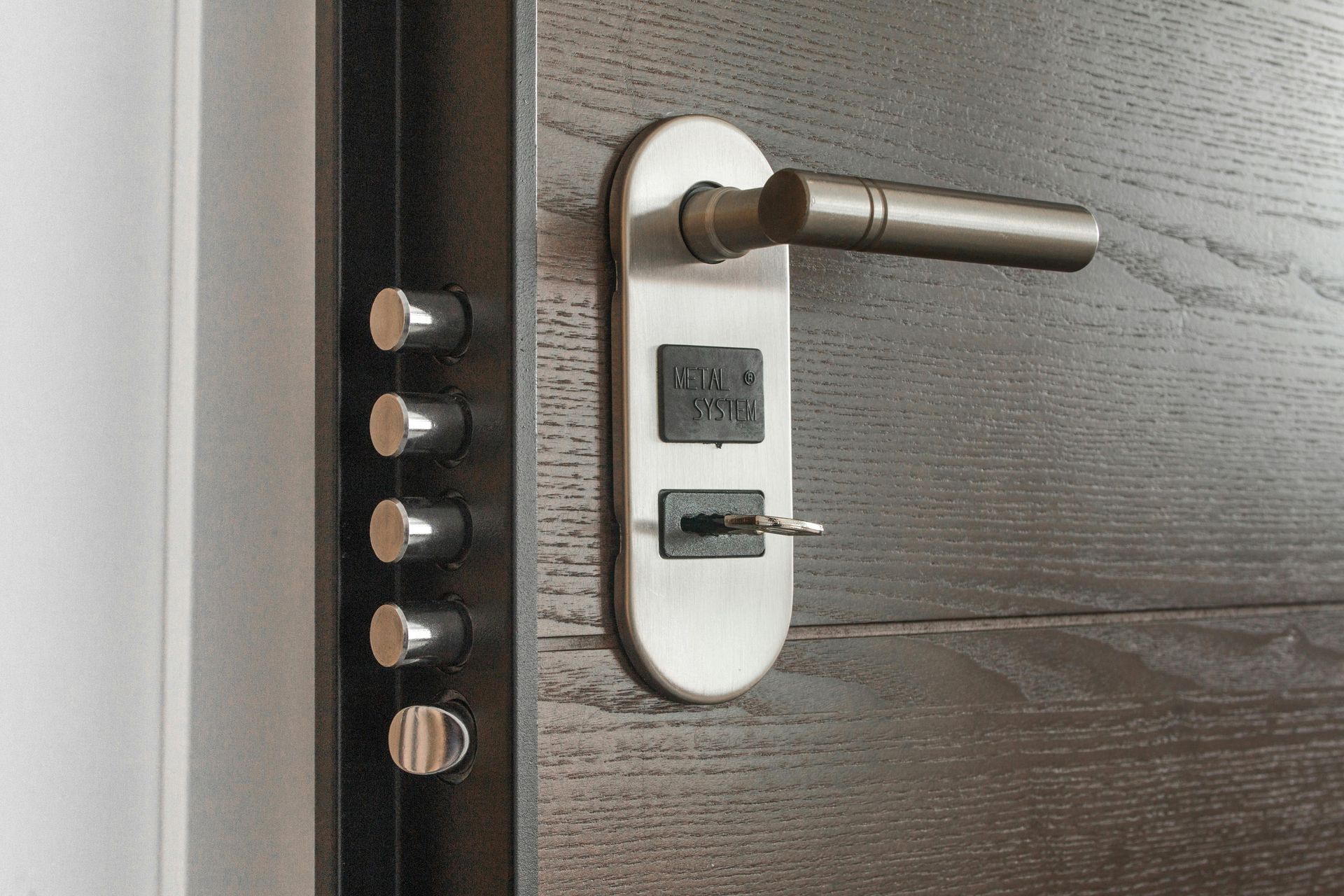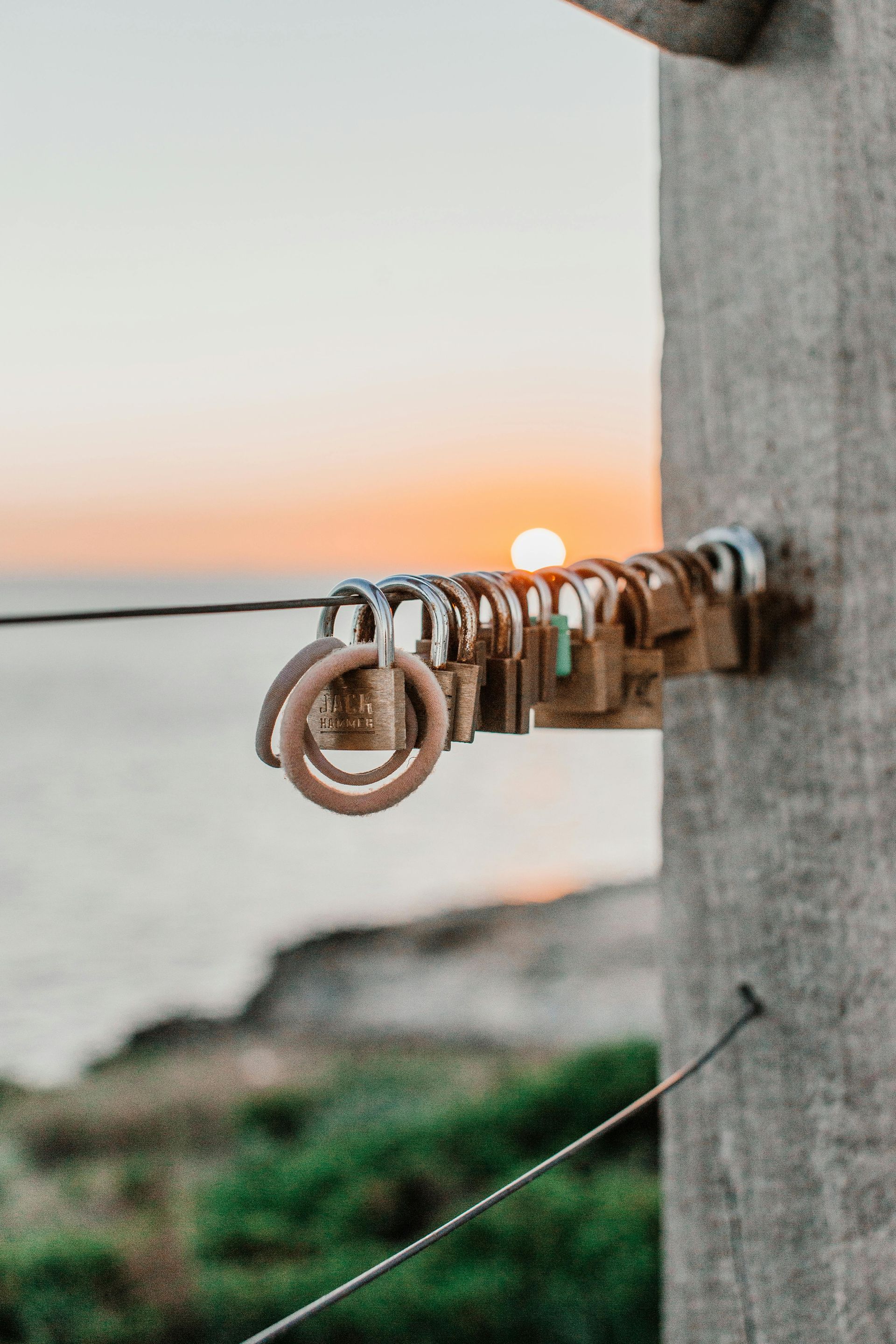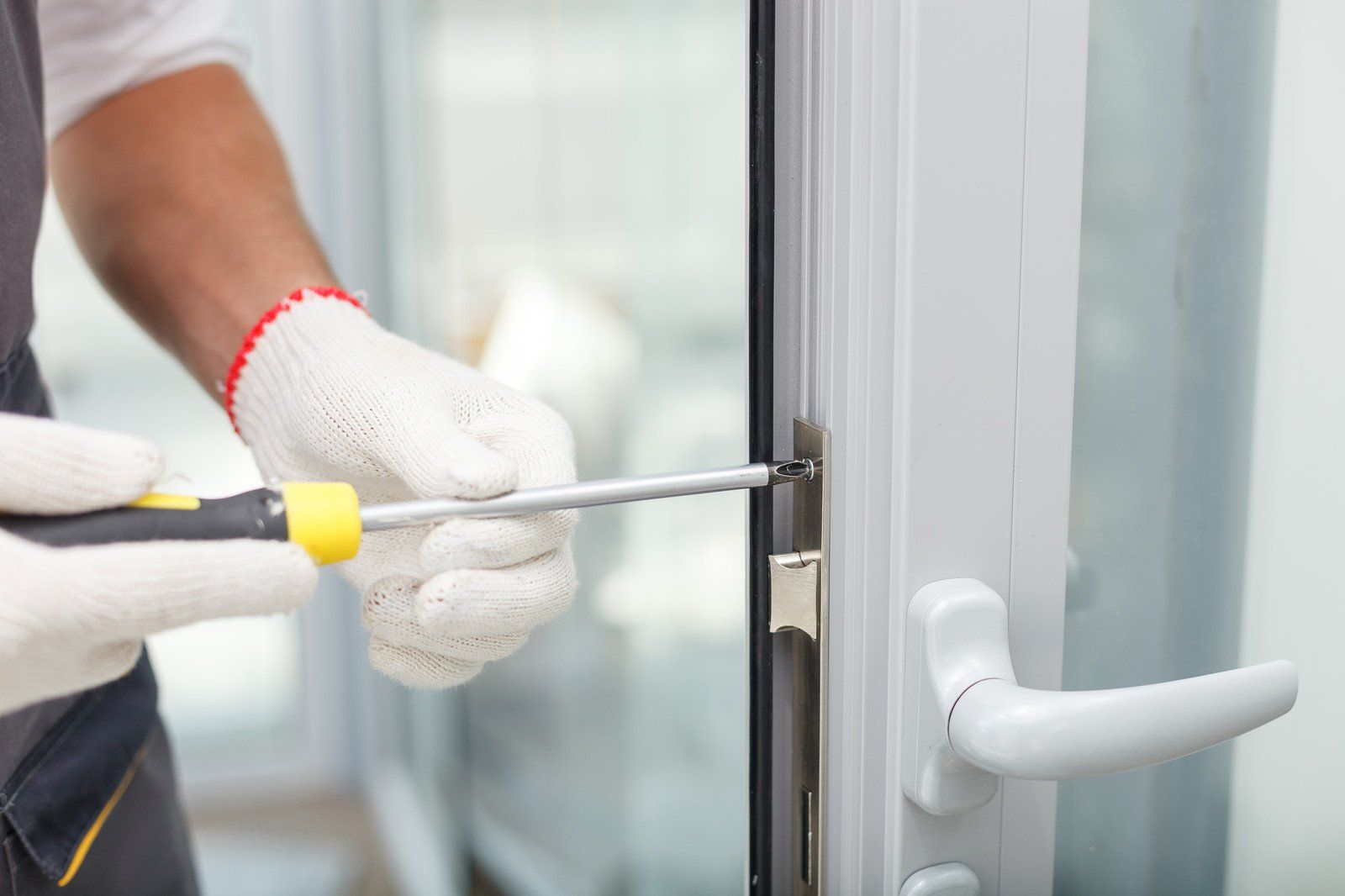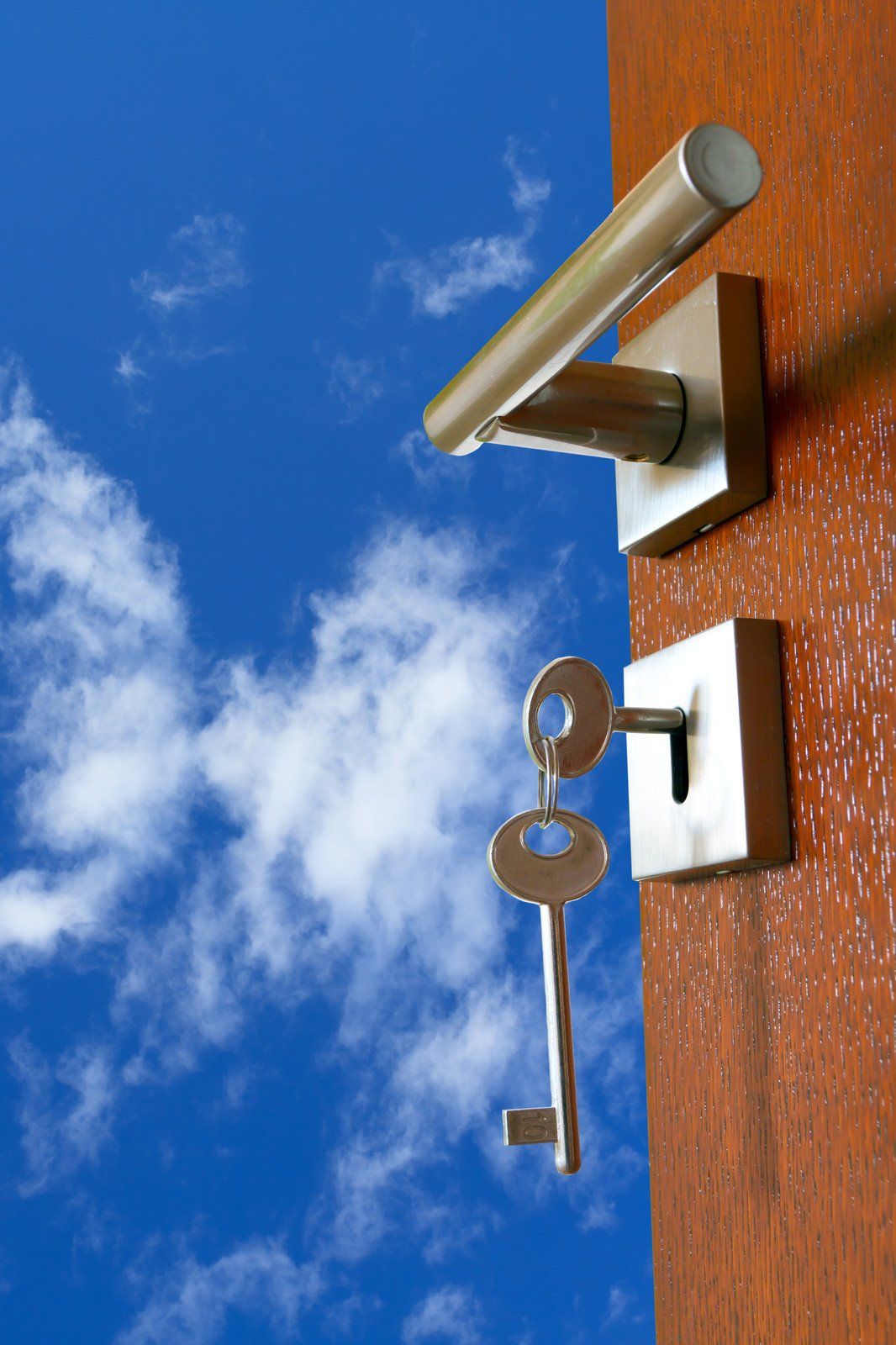




In London you will not find a residential property that does not utilize door locks . The city is simply not safe enough to not utilize door locks, whether it be on bathrooms, front doors or even cupboards. The sheer number of people means you need to lock a door to ensure your privacy. Door locks are an essential part of any residential space, and they are part of the building blocks for safety and security.
Most people are aware of this, but not many are knowledgeable when it comes to door lock types. Despite using the locks as much as using the fridge, most residents in the property won't remember what their lock looks like. In addition selecting the appropriate door lock from available door lock types is important. The reason is simple, some locks work better in one situation than they do in others. A basic understanding of residential door lock types will help homeowners and property managers choose the best locks to use at all times. If you happen to be locked out at the time of reading this article it may help you identify the type of lock you have, this way you can tell the Locksmith and get a more accurate quote.
In the above image we have provided a clear view of the most common lock used on front doors in London. They come in many different colours and a few different shapes and sizes but they all operate the same way. A key from the outside and a handle from the inside. When the cylinder and back case are put together they are considered a " Nightlatch
". These are easy to use and don't require you to lock your door each time you leave the property.
There are three levels of security when it comes to these locks, deadlocking, non deadlocking & autodeadlocking.
The above image is a deadlocking version. this means you can turn the key from the outside of the property twice to double lock the latch, thus stopping burglars from slipping your lock. The above lock is also available in a non deadlocking
version for fire doors/ HMO's for quick escape and would look very similar.
Mortice locks
(Often referred to as Chubb locks
) being among the most common are by far one of the most reliable locks for security, coupled with reasonable prices it makes them a no brainer. They require a key to operate both from the inside and from the outside. Sometimes your insurer will require you to install BS deadlock on the doors of your property as these are so reliable and difficult to open without a key even for Locksmiths. As there are a few different levels of security involved in Mortice deadlock
locks its best to check that they have 5 levers
at least. Bedroom door locks often utilize 3 lever deadlocks which are similar in terms of design but the security of the two doesn't compare.
Reliable, long lasting and very hard to open without a key, you also can't lock yourself out by mistake as you have to have the key to lock the door, whats not to love?
High security Auto Deadlocking Nightlatch.
These are fairly common but no-where near as the regular basic nightlatches. These come in a variety of forms
If you are replacing the nightlatch we advise to switch to either the High Security Auto Deadlock certificated to BS 3621:2007+A1:2009 Thief resistant lock assembly. Key egress. Or tocertificated to BS 8621:2007+A1:2009 Thief resistant lock assembly. Keyless egress. This will depend on whether the door is a communal door or not. Locks like this will be marked by the British Standard Kitemark. This is the latest version of BS 3621, but insurers will most likely still accept locks certificated to the previous version, BS 3621:2004 or earlier versions, always best to check with your insurer. These higher quality rim night-latches will sometimes have a flat ended latching bolt which is thrown into the keep as the door closes such as th Banham L2000 Rim Nightlatch . The first version of locks listed are not suitable for communal doors because of means of escape issues this is why its best to use the BS 8621:2007 .
If you are replacing the nightlatch and you share the main entrance door with another household fit one that is certificated to BS 8621:2007+A1:2009 Thief resistant lock assembly Keyless egress. These nightlatches have the same security attributes as ones certificated to BS 3621 but operate from the inside without the use of a key.
We love installing these so feel free to contact us to discuss your options.
Multipoint locks
are available in a variety of designs, but generally include a centrally located deadbolt and a live bolt (latch), at least two hook bolts and possibly a pair of roller bolts or mushrooms. The bolts are normally operated by lifting the door handle from either side of the door leaf and are locked in place by the turn of a key from either face of the door or, if the door is the only means of escape, by an internal thumbturn. Some versions have additional bolting into the top and bottom frames and even into the hinge side of the frame. There are others that automatically engage all the bolts as the door closes, but these tend to be a lot more expensive.
On many council properties these locks are used, they utilise a MulTlock
type mechanism which only engages when the key is turned, however the outside handle only serves to pull or push the door.
Lots of people are not using a multi-point
locking door correctly and this is leading to thousands of unnecessary burglaries each year, the handle must be lifted fully, the key must be turned completely and then removed. If the handle goes down fully the cylinder hasn't engaged the mechanism
and locked it properly, it can be opened from within with hook very easily.
Cylinder locks are locks using a cylinder and pins. The cylinder normally has a round whole that consist an inner smaller tube with pins. The pins prevents prevents movement of the tube unless the right key is inserted. Some common cylinder locks are rim and euro locks. Cylinder Locks
are the most commonly recognised type of pin tumbler lock. This means that the lock mechanism uses pins of varying lengths to prevent the lock opening if the wrong key is being used.
The greatest advantage of using cylinders locks over lever locks is the number of key differs available. There are millions of key differs available which allows extensive master key systems as well as a high degree of key security for thousands of locks.
They are very easy to remove and install. The most important part of the process is in the preparation. The shape of the replacement Euro cylinder
is inconsequential because all Euro cylinders have the same dimensions. The preparation required is a measurement of your current lock. To gather the correct measurements record the length from the center screw to each end of the cylinder. Do not measure the entire length of the lock. The length will be different on either side of the cam.
We have mentioned lock snapping on one of our previous posts this where you access the protruding end of a Euro cylinder and grip it with a tool. Shake the lock until it snaps in half. Remove the lock. Access the boltwork and open the door. The weak point in Euro Cylinders is the metal right beneath the fixing hole. Once the lock is broken, the door can be opened very easily.
The best way to prevent lock snapping is by buying installing anti snap locks. Having the lock face flush against the faceplate is not enough. That leverage can be as simple as a hearty shake from side to side. The hole for the fixing screw will snap. That is the reason for the term “lock snapping”. With anti-snap cylinders the lock will snap in a way that does not compromise the lock’s security and keeps most of the lock in place making it harder to gain access.
We have a large range of fairly priced anti snap locks available with us at all times so contact us now to get a locksmith.




